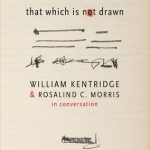
That Which is Not Drawn: Conversations
William Kentridge and Rosalind C. Morris
Book
For more than three decades, artist William Kentridge has explored in his work the nature of...
Trap Door: Trans Cultural Production and the Politics of Visibilty
Johanna Burton, Eric A. Stanley and Reina Gossett
Book
The increasing representation of trans identity throughout art and popular culture in recent years...
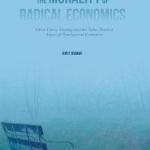
The Morality of Radical Economics: Ghost Curve Ideology and the Value Neutral Aspect of Neoclassical Economics: 2016
Book
This book is in equal parts a treatise on morality and economics, a critique of neoclassical...
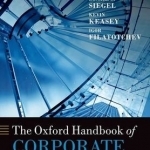
The Oxford Handbook of Corporate Governance
Mike Wright, Donald Siegel, Kevin Keasey and Igor Filatotchev
Book
The behavior of managers-such as the rewards they obtain for poor performance, the role of boards of...
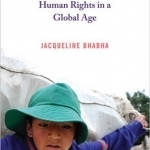
Child Migration and Human Rights in a Global Age
Book
Why, despite massive public concern, is child trafficking on the rise? Why are unaccompanied migrant...
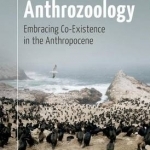
Anthrozoology: Embracing Co-Existence in the Anthropocene
Michael Charles Tobias, Jane Gray Morrison and Bill Gladstone
Book
This groundbreaking work of both theoretical and experiential thought by two leading ecological...
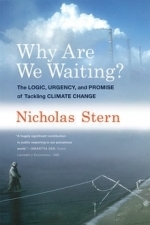
Why Are We Waiting?: The Logic, Urgency, and Promise of Tackling Climate Change
Book
The risks of climate change are potentially immense. The benefits of taking action are also clear:...
Politics environment
Heather Cranmer (2721 KP) created a post
Apr 3, 2022

Smart Ass (The SPARK Files, #2)
Book
Ben doesn’t need anybody. Maybe he’s a little lonely sometimes. And isn’t known for making...
Science Fiction MM Transgender Romance BDSM
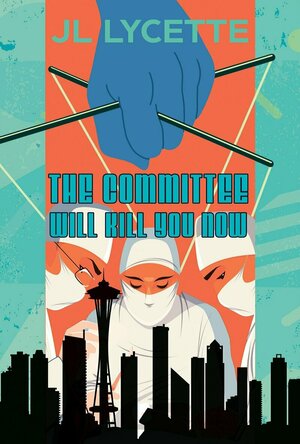
The Committee Will Kill You Now
Book
The gripping new book from the author of The Algorithm Will See You Now. Based on the true-life...
Medical Thriller
